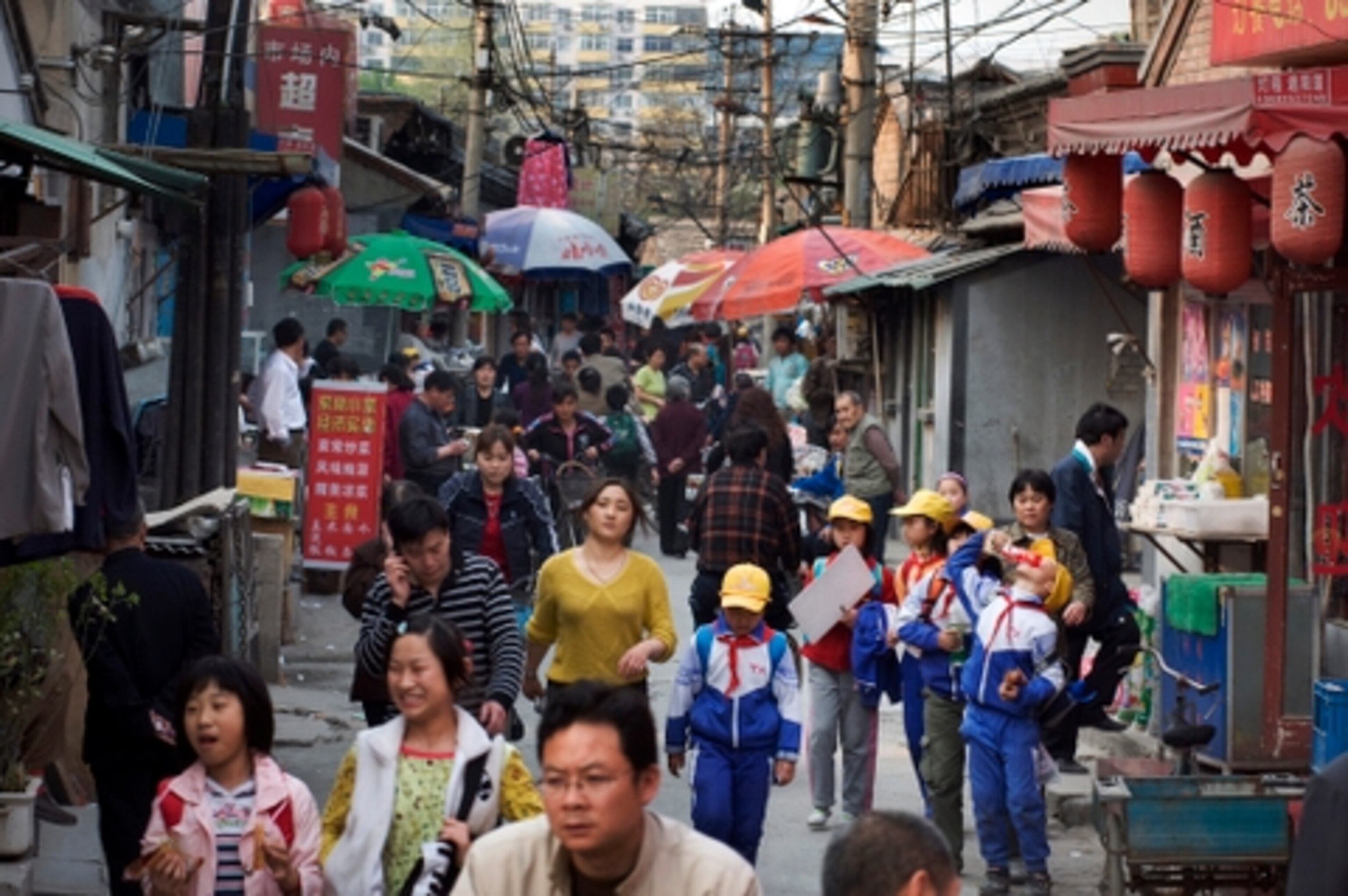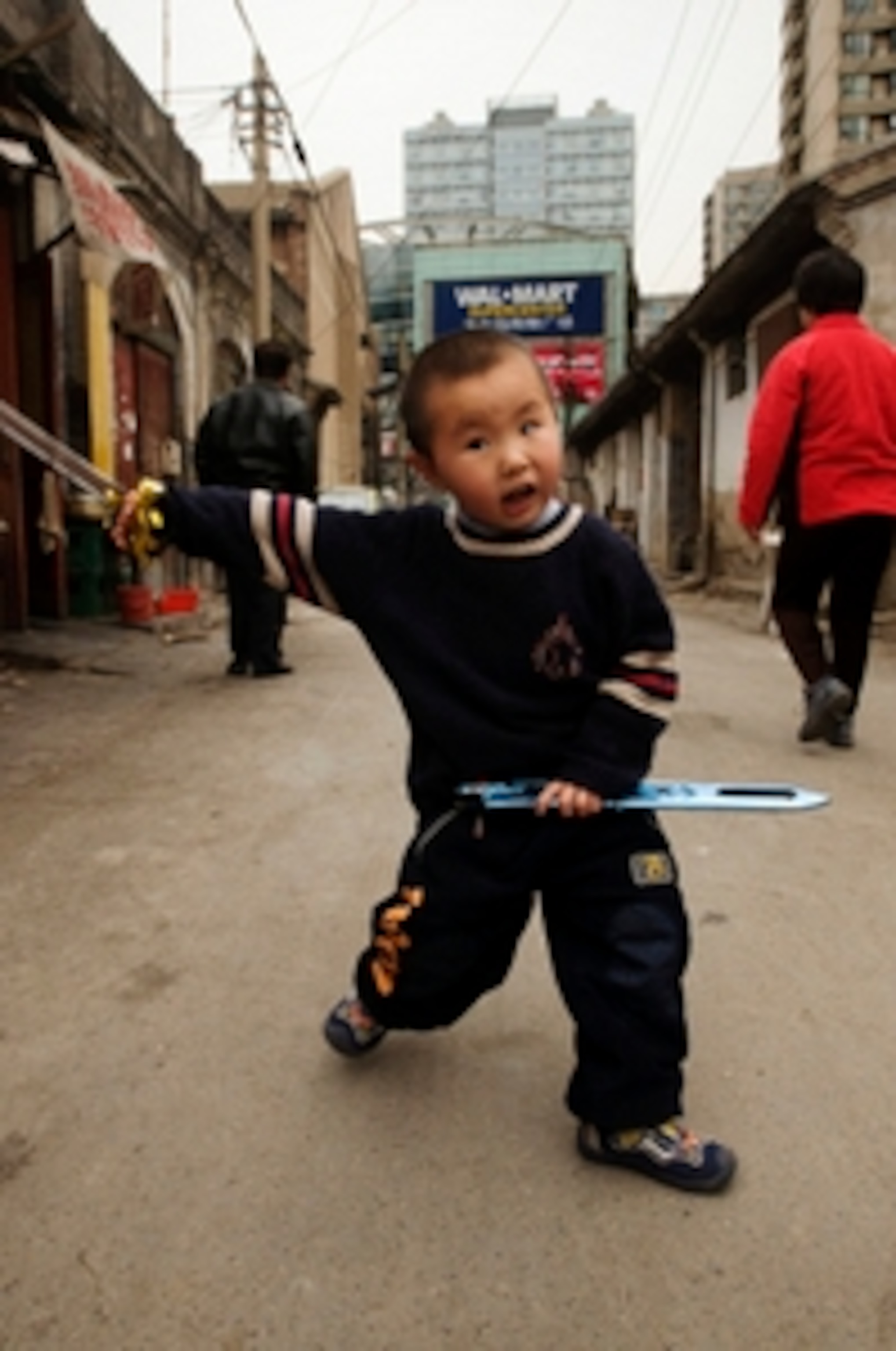
The Last Days of Old Beijing
Michael Meyer, author of The Last Days of Old Beijing: Life in the Vanishing Backstreets of a City Transformed and a panelist on Traveler’s annual Destinations Rated issue, shares an intimate glimpse of life in his hutong neighborhood.
Last year, billboards across the city promised: “New Beijing, New Olympics.” To an American, the result looks uncomfortably familiar. Ancient courtyard homes and narrow lanes have been replaced by shopping malls, parking lots, nearly 200 McDonald’s, and over one hundred Starbucks. I live in one of the capital’s last remaining traditional neighborhoods, located just south of Tiananmen Square. Visitors to Beijing should see it now; the hutong – narrow lanes – are slated for destruction at summer’s end.
Hutong are to Beijing what canals are to Venice. In 1949, a survey recorded more than seven thousand hutong. Shaded by rows of leaning locust trees, many were too narrow for vehicles to enter. The network of backstreets connected neighborhoods of walled courtyards and also formed an elongated public marketplace, where itinerant peddlers and performers worked door-to-door. In a period of the late 1990s, an average of six hundred lanes were destroyed each year. Now, less than thirteen hundred hutong remain, and the government admits to evicting over five hundred thousand residents from the city center, a figure that continues to rise.
Settled over eight centuries ago, my hutong neighborhood, Dazhalan (Big Fence), is Beijing’s most venerable community. The name dates to the fifteenth century, when wicker gates on either end of the area’s hutong were clasped shut at night to deter thieves from preying upon the shops that formed the capital’s most prosperous commercial district. After a succession of seventeenth-century imperial edicts banned hotels, restaurants, teahouses, and theaters from inside the imperial confines, businesses migrated through Qianmen (Front Gate) to the other side of the city wall. Dazhalan became the capital’s entertainment, artisan, and antiques district. Beijing specialties such as roast duck, acrobatics, and opera flourished here. Some lanes filled with silversmiths, silk embroiderers, and calligraphers; others with stages, brothels, and opium dens.

Today, Dazhalan’s 114 hutong hold nearly fifteen hundred businesses, seven temples, and three thousand homes. It is Beijing’s – and one of the world’s – densest urban environments. Equal in size to Vatican City (population 557), Dazhalan’s half-square-mile contains some 57,000 residents. Visitors to their lanes often rank the attraction ahead of comparably sterile stops at the Great Wall and Forbidden City. The community fabric is fraying, however: in addition to lanes lined with restaurants and shops, the neighborhood’s largest tenant is a new Wal-Mart.
“Aside from open-heart surgery,” an urban planner once told me, “everything you need to live is within a fifteen-minute walk of your home.” Exiting the public latrine this morning, I passed a 400-year-old mosque, then strolled down Prolong Life Street, where baby strollers outnumbered vehicles, and the air filled with the sound of woks being scraped, clacking mahjongg tiles, and the throaty call of a newspaper vendor. Shoppers bargained over fresh-picked watermelon and cabbage, and snacked on oil cakes and hot soy milk. Stand still and look: an antiques shop, a barber, a butcher, an acupuncturist, a pet store, a post office, a museum, a pub, a police station, a masseuse, idling rickshaws, and there — a group of officials sauntering past. They carried the neighborhood’s future in rolled up sheets, gesturing upward at buildings only they could see.
Michael Meyer’s book The Last Days of Old Beijing: Life in the Vanishing Backstreets of a City Transformed is now available in paperback. For a video tour of his hutong, visit wwww.lastdaysofoldbeijing.com.
Photos: NGS Contributing Photographer Mark Leong
- National Geographic Expeditions
